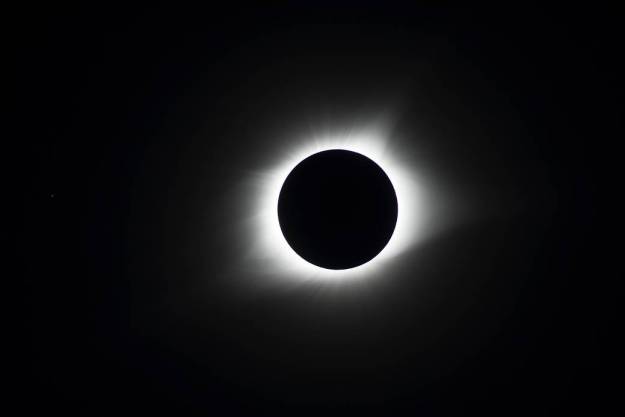
In the search for life in our solar system, one of the most promising locations is Saturn’s moon Titan. This unusual moon has atmosphere, weather, desert-like regions, and, perhaps most importantly, rivers, lakes, and seas. But these seas aren’t composed of water. Instead, they are made up of liquid methane.
Now, research into the largest sea on Titan, Kraken Mare, shows it is at least 1,000 feet deep at its deepest point, making it a prime target for a submarine to explore.
The researchers used data from NASA’s Cassini mission which passed by Titan. Previous research had looked at the depth of other seas on the moon, but the largest and most intriguing had yet to be measured.
“The depth and composition of each of Titan’s seas had already been measured, except for Titan’s largest sea, Kraken Mare — which not only has a great name, but also contains about 80% of the moon’s surface liquids,” said lead author Valerio Poggiali, research associate in Cornell Center for Astrophysics and Planetary Science (CCAPS), in a statement.
The sea is not only deep, but large as well — according to Cornell, it is nearly the size of all five Great Lakes combined. The sea is crucial for the weather system of the moon, which is in many ways similar to Earth. That’s one reason it’s of interest in searching for signs of life.
Agencies like NASA are already working on robotic submarines for exploring oceans on other worlds, and Titan would be a great candidate to visit with a submarine probe. Researching the liquid seas on Titan could also help researchers understand more about the development of climate models, which could help us understand the climate here on Earth as well.
And this research will allow better fine-tuning of robotic explorers should we one day choose to send them to this fascinating location. “Thanks to our measurements, scientists can now infer the density of the liquid with higher precision, and consequently better calibrate the sonar aboard the vessel and understand the sea’s directional flows,” Poggiali said.
Editors' Recommendations
- Saturn’s rings are jiggling, delightfully enough, due to its wobbly core
- Testing Mars exploration drones on Icelandic lava flows
- NASA extends Juno and InSight missions, will continue exploring Jupiter and Mars
- Hayabusa2 capsule returns with first-ever gas sample from deep space
- NASA and ESA’s new sea level satellite sends back its first readings




